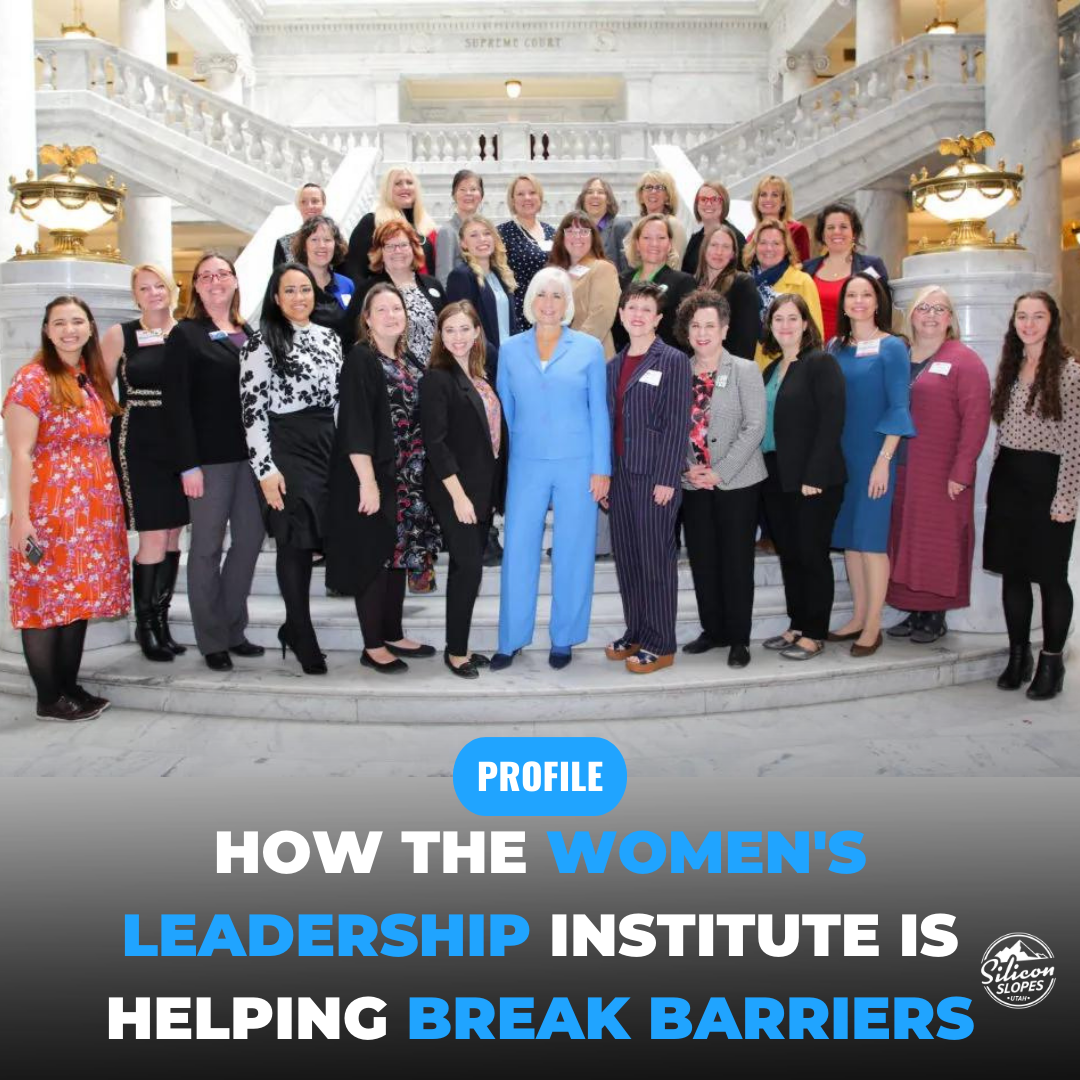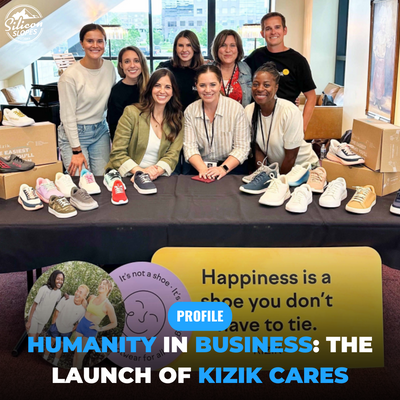There is a chasm between wanting change to occur and taking steps to ensure it happens. This is where inaction tends to reign, the fervor of intentional thought dissolving in the painstaking, incremental bloom of metamorphosis. It is why we struggle to lose weight despite our desire to do so, why we push today’s problems to tomorrow, why we grow comfortable in unhealthy webs that we fully recognize yet refuse to unravel—the desire to change and the ability to make it reality are two very different things.
In January 2015, Patricia Jones was ready for retirement. Her prior 35 years had been a whirlwind of business and politics, co-founding a market research firm in 1980 with ties to various businesses and politicians, then serving six years in the Utah House of Representatives and eight years in the Utah Senate from 2000-2014. As her political career came to a close, Jones met with Zions Bank CEO Scott Anderson about the formation of an organization dedicated to changing the perceptions and realities of female business leaders in Utah. After a quick discussion, retirement was off the table and the Women’s Leadership Institute was formed.
“Utah has very low numbers of women in senior level positions, in politics, on boards, and we have a gender wage gap in the state,” said Jones. “Scott asked me if I would run this with the intent to change that—in 10 minutes, I had my next career. It was a natural intersection for me because of my 35 years in business and my 14 years in the legislature.”
At the time, a NY Post article was published declaring the five places women should not spend their travel dollars: Turkey, Indonesia, El Salvador, Saudi Arabia, and Utah (!!), saying, “A typical man in Utah earned more than $50,000 in 2013, while most women made 70 percent of that figure — one of the largest gender-pay gaps in the nation. Less than 31 percent of management positions were held by women in Utah (the second lowest rate in the US). Only six women occupy the 75 seats in the state’s House of Representatives, and Utah has just five female state senators — a huge underrepresentation of women in government.” Jones had seen this up close and personal in her time as both businesswoman and politician, and Anderson had seen the same thing (based in part on research conducted by Jones). Both understood the reality. And both desired change.
“I would use certain methods for getting information from my focus group respondents,” said Jones, recalling her market research methods. “For instance, I would have them draw pictures and explain them. I had them draw Zions Bank as a person—over and over, we kept seeing Zions Bank as a white, bald man, wearing a white shirt, overweight, living in a gated community. Scott picked up on that quite readily and they changed the whole image of their bank because of that research. He credits that, whether it’s deserved or not. And that’s why he thought I would be a good person to run the Women’s Leadership Institute.”
Changing one organization is no small task but changing an entire institution (in this case, the business and political systems of Utah) is a different undertaking altogether. Jones immediately began putting together a gameplan, traveling to Boston to study the implementation of the Getting To More program (started by then-Governor Deval Patrick) as a way of getting more women moving up the corporate ladder. Based on this information, Jones created the ElevateHER Challenge as a way of encouraging similar progression in Utah. It is a research-based template identifying six things companies can do to change their culture internally: increase the percentage of women in senior leadership positions; increase the retention rate of women at all levels of an organization; increase the number of women on boards and encourage them to serve in that capacity; monitor pay by gender and close identified gaps; establish/enhance leadership development, mentoring, and/or sponsorship program for women; and urge women to run for public office with follow-up support.
Since the unveiling of the ElevateHER Challenge, over 350 companies in Utah have pledged their support. Sustainable change is usually incremental and Jones credits the efforts of many of these organizations in starting to shift the perceptions and realities of female leaders in Utah. She references the School of Dentistry at University of Utah as one of many shining examples. Dean Rory Hume had just moved from UCLA and noticed a stunning lack of women in Utah’s graduating class, compared to roughly 50% at UCLA. He contacted Jones who provided a list of things to improve, including increasing the pool of candidates and having existing female dentists interview female applicants. Her template was followed and over the ensuing years, incredible change has occurred.
“This year they’re graduating more women than men in the University of Utah School of Dentistry because of the intentional way Dean Hume has led on this,” said Jones. “He understands the value of gender diversity, both in classes and in the workforce.”
Again, sustainable change is rarely instantaneous. Building out a pipeline of women leaders, equipping them with skills, and encouraging flourishment is a process. That’s why WLI has created various development programs (the Political Development Series, Rising Leader Series, and the Career Development Series) to present opportunity for those who desire it. It’s why Jones spends the majority of her time presenting in front of executive teams, citing neuroscientific research done by the Gender Intelligence Group in Toronto as one reason of many to promote change.
“They’re finding significant differences in how men and women think, which affects how we react and behave in the workplace—not all men think alike, not all women think alike, but there are tendencies,” said Jones. “Part of the presentations I do is helping people understand the complementary differences in how men and women think, and how that impacts the workplace. That’s the value of gender diversity.”
Jones cites a recent WLI gathering at the federal courthouse as a day of inspiration, the capstone to an eight-month cohort for 100 women moving towards their business and political goals. The three speakers currently comprise the majority of Utah’s Supreme Court: Justice Diana Hagen, Justice Paige Petersen, and Justice Jill Pohlman. This is just one instance of many Jones sees as reason for immense optimism, an incremental change that lays the framework for a future different from the past, scaffolding that promises to hold and sustain the changes still needing to happen.
“I absolutely see that we’re making change,” said Jones. “It’s a fact that your ROI improves when you have women in senior leadership—it can’t just be one, it needs to be a critical mass of at least 30%, preferably 50%. It doesn’t happen overnight. You have to build the pipeline. You have to invest in women’s leadership skills.”








